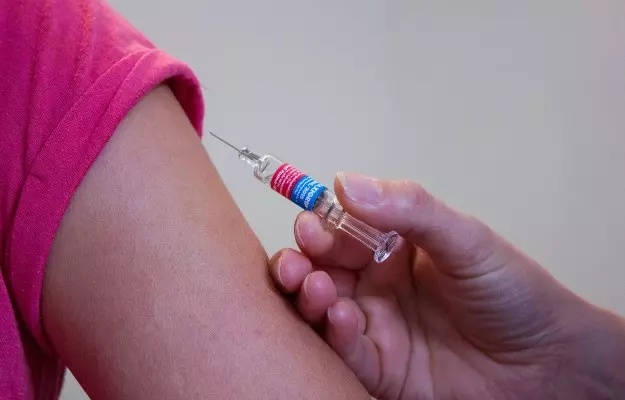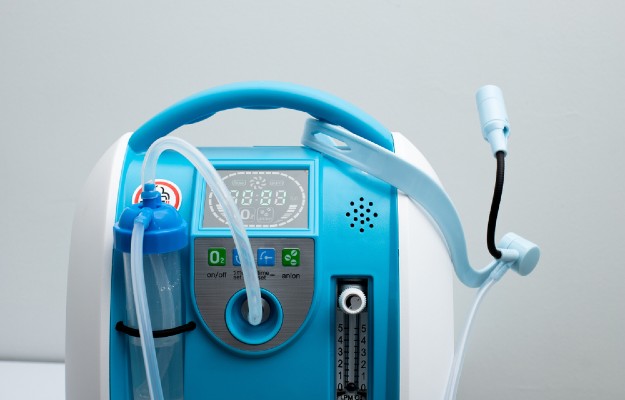Researchers from Oxford University have announced today (22 May) that they are recruiting participants for stages II and III of human trials for the COVID-19 vaccine. The world has placed a lot of hope on the vaccine called ChAdox1 nCOV-19, development of which began as early as 10 January.
In the first phase of human trials, over 1,000 participants were given the vaccine after it passed a rapid safety testing procedure on macaque monkeys. Results from these immunizations are awaited.
Stages II and III will enroll up to 10,260 adults and it will be a blinded study; half will receive the vaccine and the other half will receive an active placebo called MenACWY. The goal of these trials is to study whether those given the vaccine develop antibodies to the novel coronavirus infection, and to test its safety and efficacy on healthy people across ages.
Read more: COVID-19 vaccine candidates
How does the ChAdox1 vaccine work?
The vaccine is made from the virus ChAdox1 which is a weakened type of adenovirus (the virus that causes the common cold) that causes infections in chimpanzees. It has been genetically altered so that it cannot cause any infections in humans.
It is a vector vaccine; a vector vaccine is one in which a harmless or weak microbe is used to deliver a part of the pathogen against which we need to build immunity into the body. In this case, the spike protein, which the SARS-CoV-2 virus uses to latch onto ACE 2 receptor cells, has been introduced to the vector. The hope is that the body will recognise these proteins as pathogens and create lasting antibodies in response. Since the vaccine cannot infect humans, this method is a way of building immunity without getting the disease in the first place.
SARS-CoV-2 is the coronavirus that causes COVID-19. ACE 2 receptors are cells that are present on our blood vessels, lungs, kidney and heart, among other parts of the body. The coronavirus enters the organs by attaching its spike proteins to ACE 2 receptors in the body.
What is the structure and purpose of the study?
Children aged 5-12, adults between 56 years and 69 years and those over 70 will be included in this phase of the study; in the first phase only healthy, younger adults were chosen. The aim is to test the safety and effectiveness of the immune response (if any) across different age groups, as those with weaker or underdeveloped immune systems are at higher risk of severe COVID-19 if they contract the infection. Only those who are healthy, have not tested positive for COVID-19 in the past and are not a part of other vaccine studies were considered eligible for this trial.
After the vaccine is administered, the participants will be monitored and blood tests will be conducted routinely to check for antibody response. They will also be monitored in case there are adverse side effects from the vaccine.
The researchers will compare the infection rate between the experimental and control groups. If there is a significant difference between the groups, or if there are significantly fewer people in the experimental group who are not infected by the end of the study, the trial would suggest that the vaccine plays a role in developing immunity.
This means that some participants will have to develop the novel coronavirus infection for the trial to bear fruit. The length of the trials will depend on the transmissibility of the infection in the area; if the infection rate is low, it can take up to six months.
What is the point of the active placebo?
The MenACWY vaccine provides immunity against meningitis and septicaemia. The reason it is being used as the control, and not a saline solution, is because some people experience minor swelling after getting injected with MenACWY as well as ChAdox-1—this is not the case with a saline shot.
Participants must not know what they have been injected with; if they believe that they have received a vaccination, it may alter their behaviour and introduce a bias into the results. For example, if the participants feel that they have some sort of protection against the virus, they may lower their guard in social situations and not practice physical distancing with as much care.
The scientific community has been racing against time to develop a vaccine or treatments for COVID-19, which was first reported less than six months ago—the new coronavirus infection has already made over 5 million people sick and killed over 333,000 globally.
The ChAdOx1 vaccine being developed at the Jenner Institute under Oxford University was the fourth COVID-19 vaccine candidate to enter human trials, after candidates from the US (Moderna) and two candidates from China.















